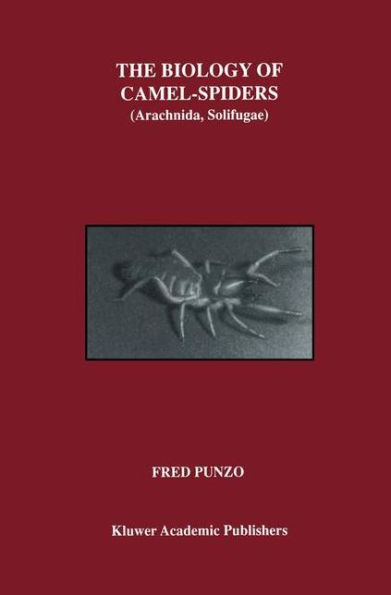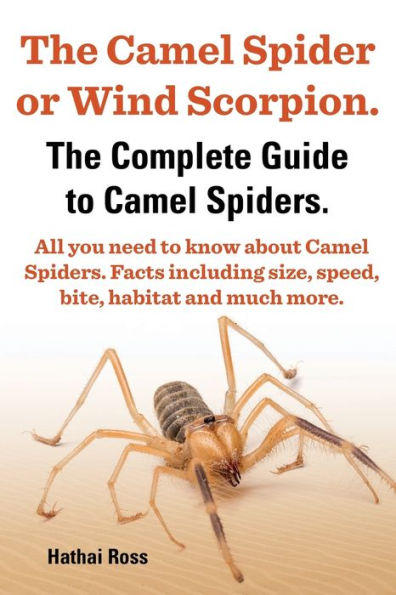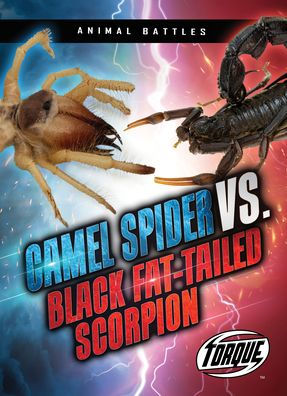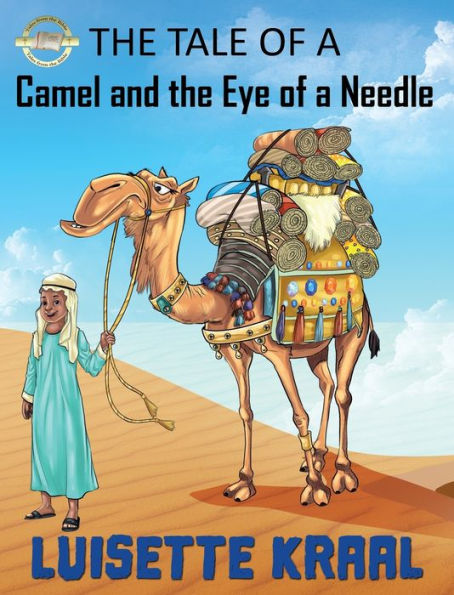Home
The Biology of Camel-Spiders: Arachnida, Solifugae
Barnes and Noble
Loading Inventory...
The Biology of Camel-Spiders: Arachnida, Solifugae
Current price: $279.99

Barnes and Noble
The Biology of Camel-Spiders: Arachnida, Solifugae
Current price: $279.99
Loading Inventory...
Size: OS
*Product information may vary - to confirm product availability, pricing, shipping and return information please contact Barnes and Noble
My initial interest in the Solifugae (camel-spiders) stems from an incident that occurred in the summer of 1986. I was studying the behavioral ecology of spider wasps of the genus Pepsis and their interactions with their large theraphosid (tarantula) spider hosts, in the Chihuahuan Desert near Big Bend National Park, Texas. I was monitoring a particular tarantula burrow one night when I noticed the resident female crawl up into the burrow entrance. Hoping to take some photographs of prey capture, I placed a cricket near the entrance and waited for the spider to pounce. Suddenly, out of the comer of my eye appeared a large, rapidly moving yellowish form which siezed the cricket and quickly ran off with it until it disappeared beneath a nearby mesquite bush. So suddenly and quickly had the sequence of events occurred, that I found myself momentarily startled. With the aid of a headlamp I soon located the intruder, a solifuge, who was already busy at work macerating the insect with its large chelicerae (jaws). When I attempted to nudge it with the edge of my forceps, it quickly moved to another location beneath the bush. When I repeated this maneuver, the solifuge dropped the cricket and lunged at the forceps, gripping them tightly in its jaws, refusing to release them until they were forcefully pulled away.
My initial interest in the Solifugae (camel-spiders) stems from an incident that occurred in the summer of 1986. I was studying the behavioral ecology of spider wasps of the genus Pepsis and their interactions with their large theraphosid (tarantula) spider hosts, in the Chihuahuan Desert near Big Bend National Park, Texas. I was monitoring a particular tarantula burrow one night when I noticed the resident female crawl up into the burrow entrance. Hoping to take some photographs of prey capture, I placed a cricket near the entrance and waited for the spider to pounce. Suddenly, out of the comer of my eye appeared a large, rapidly moving yellowish form which siezed the cricket and quickly ran off with it until it disappeared beneath a nearby mesquite bush. So suddenly and quickly had the sequence of events occurred, that I found myself momentarily startled. With the aid of a headlamp I soon located the intruder, a solifuge, who was already busy at work macerating the insect with its large chelicerae (jaws). When I attempted to nudge it with the edge of my forceps, it quickly moved to another location beneath the bush. When I repeated this maneuver, the solifuge dropped the cricket and lunged at the forceps, gripping them tightly in its jaws, refusing to release them until they were forcefully pulled away.




![Spider-Man: Across the Spider-Verse [Original Score] [Barnes & Noble Exclusive "Spot"-Themed White and Black Marble Color Vinyl]](https://prodimage.images-bn.com/pimages/0196588368516_p0_v3_s600x595.jpg)












